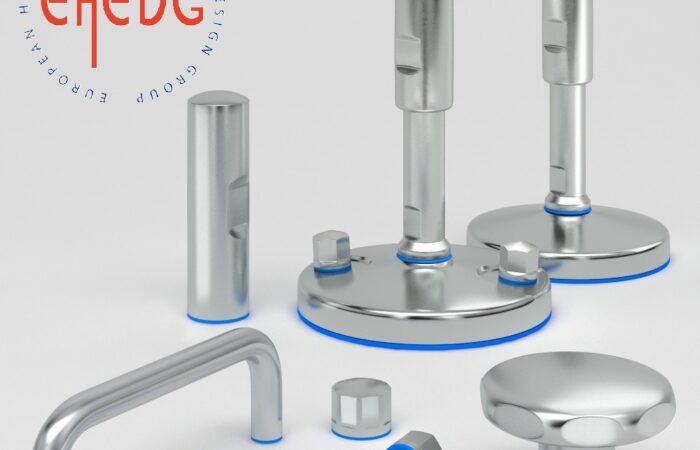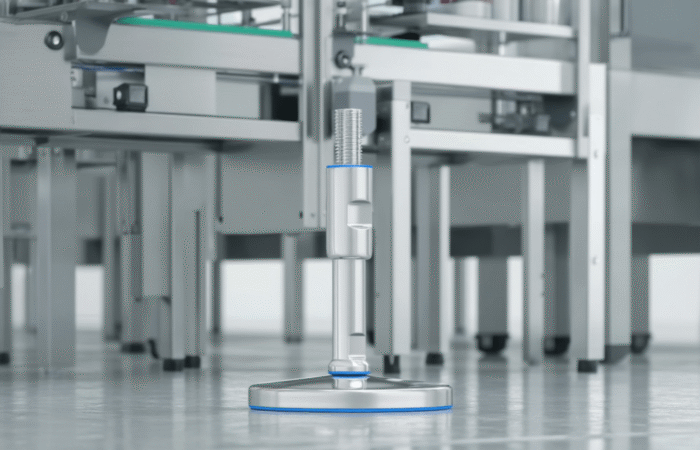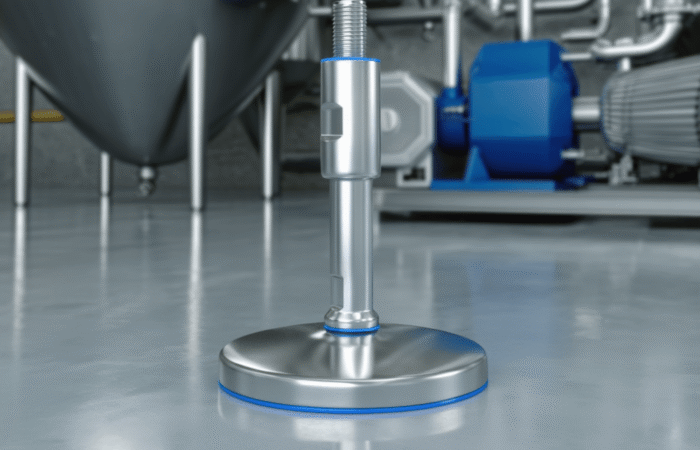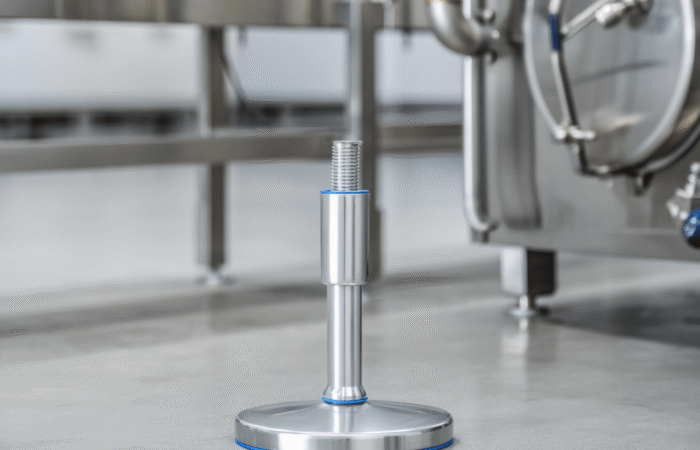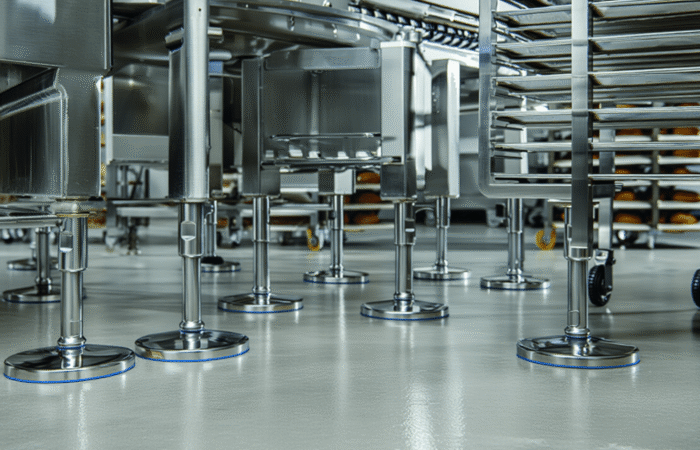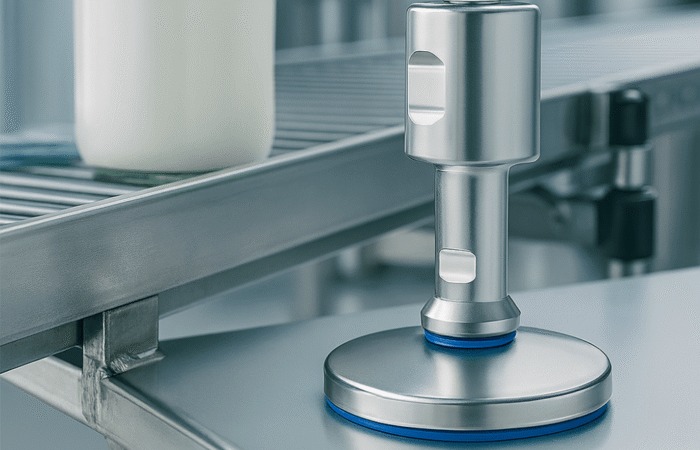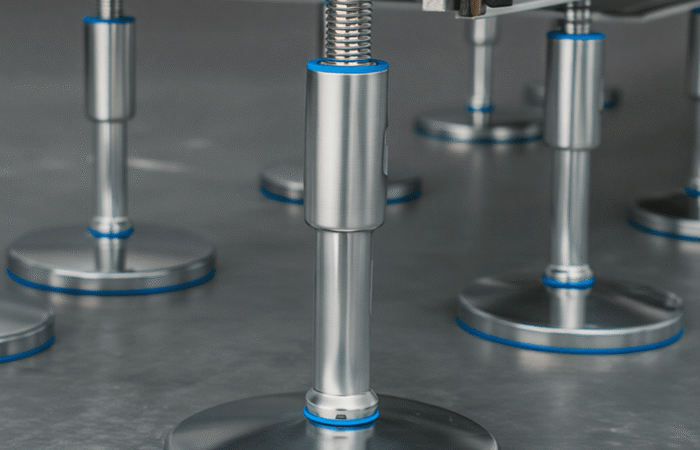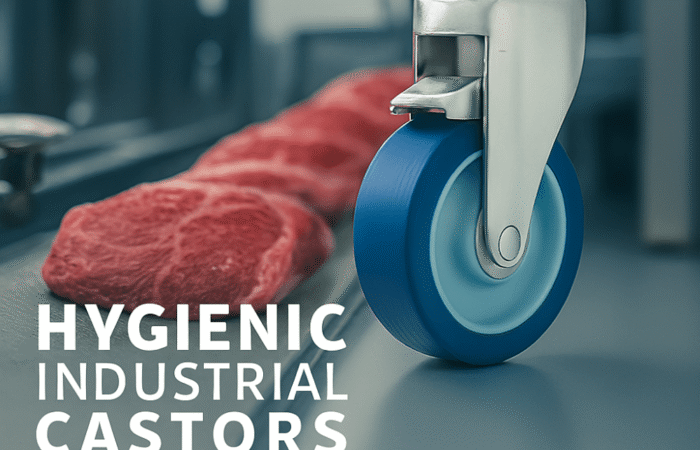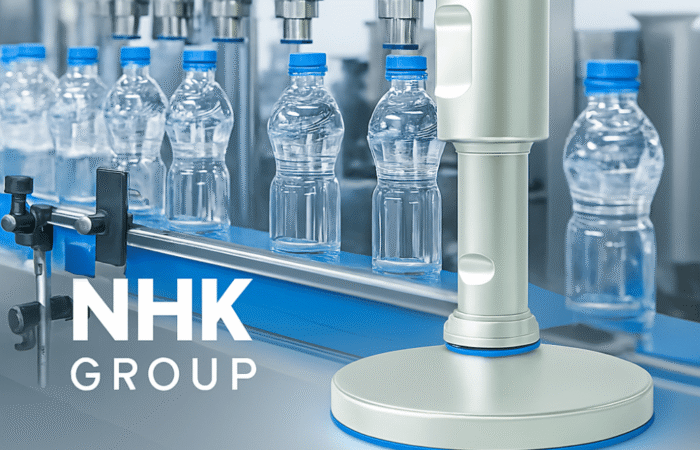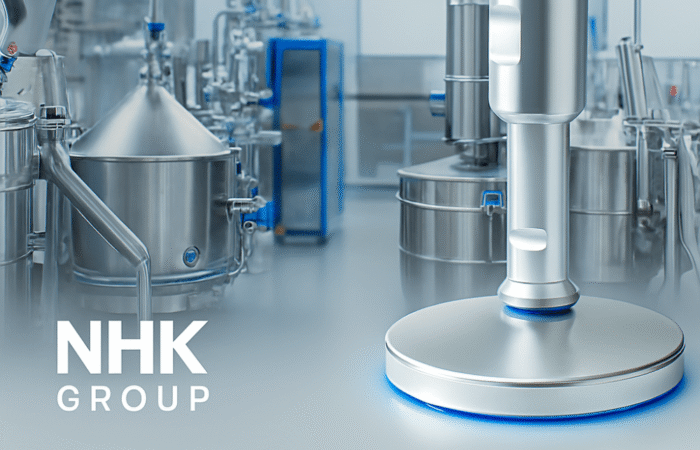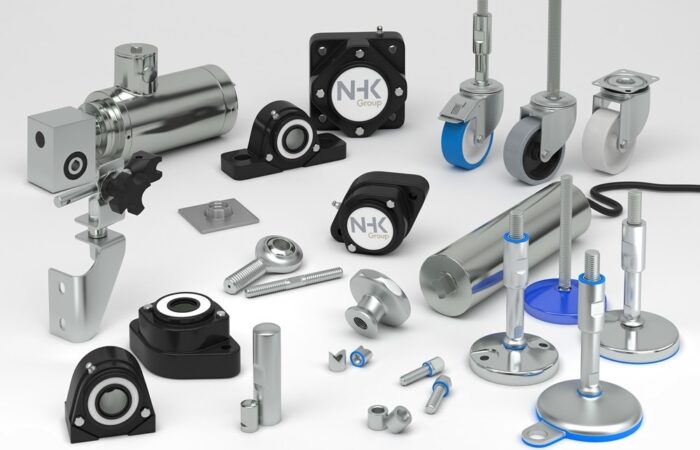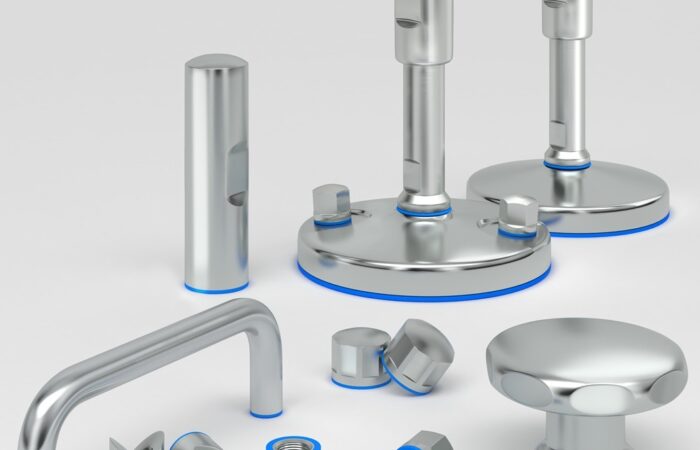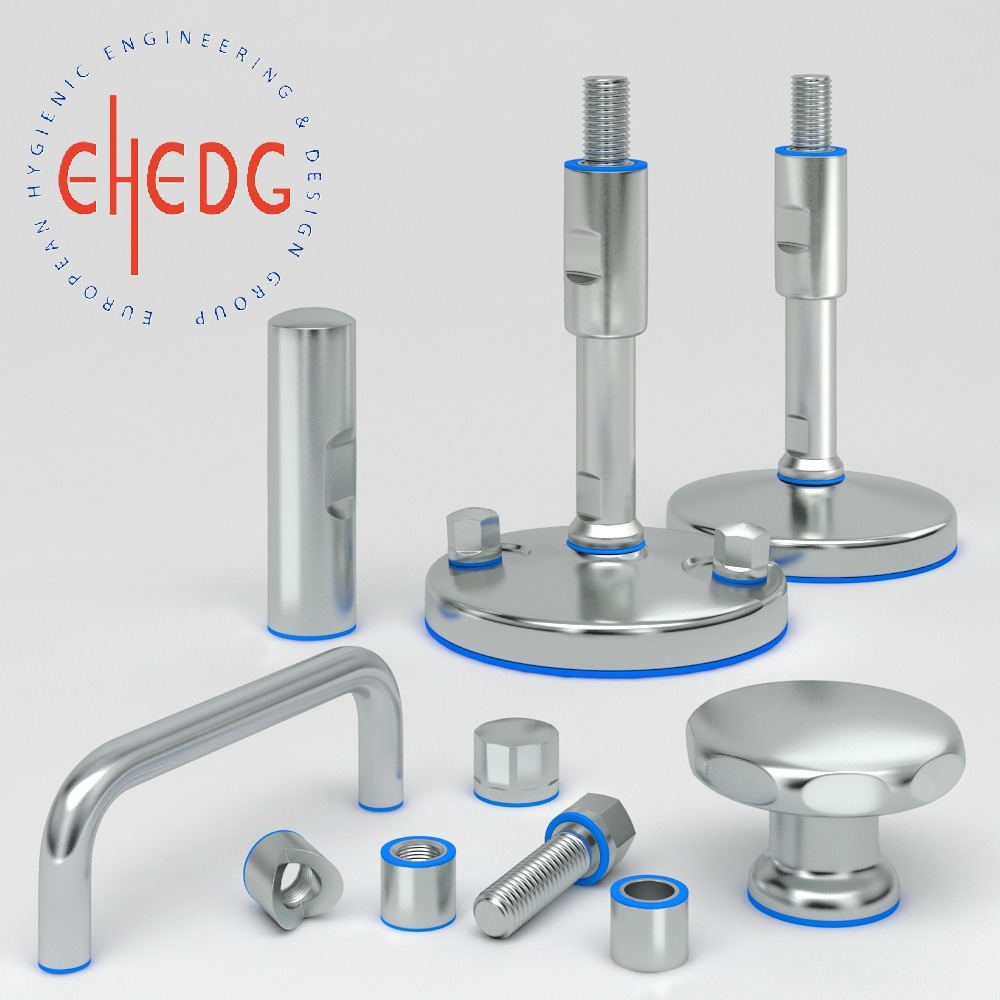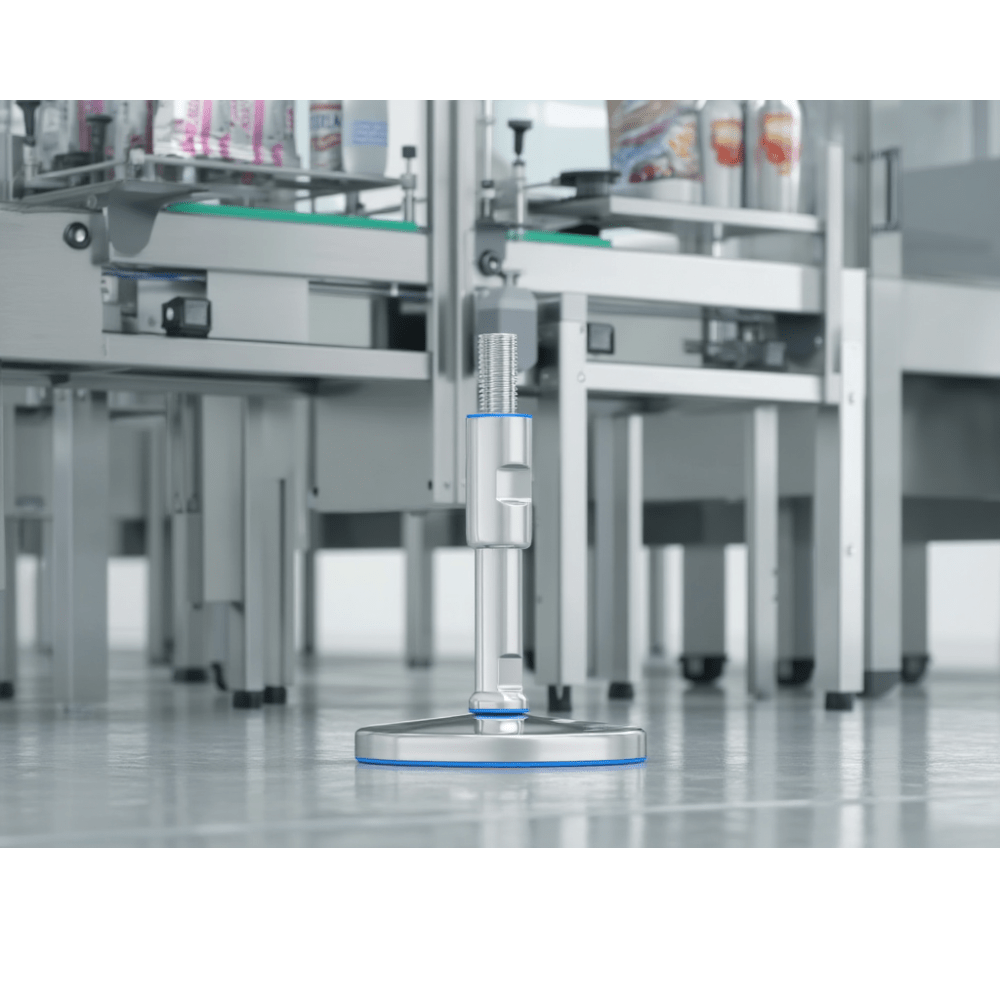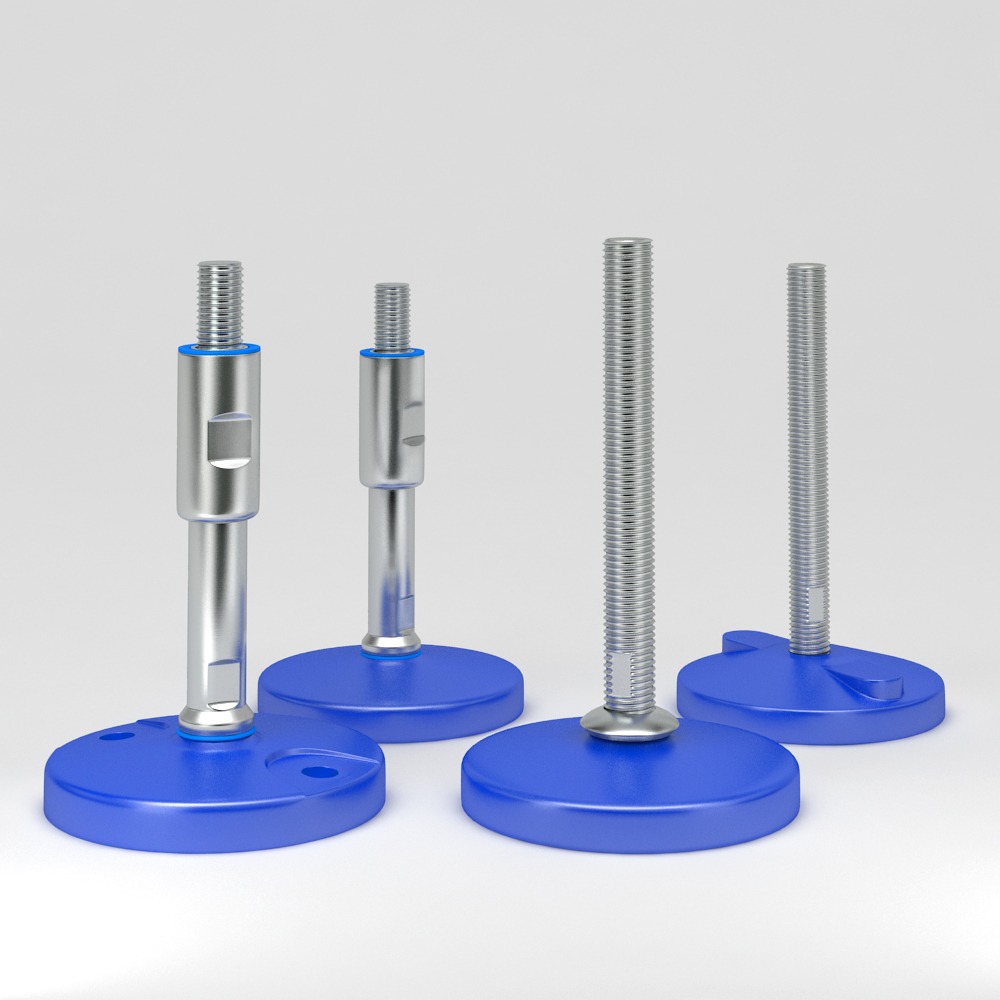
Adjustable leveling feet
Adjustable leveling feet are an essential yet often overlooked component in industrial and commercial machinery. These small but powerful devices ensure stability, balance and proper alignment of equipment, preventing unwanted vibrations, misalignment and potential safety hazards. Whether used in manufacturing, food processing, medical equipment or furniture, adjustable leveling feet play a crucial role in operational efficiency and workplace safety. In this article, we will explore the significance of adjustable leveling feet, their various types, materials and applications while emphasizing Experience, Expertise, Authoritativeness and Trustworthiness (E-E-A-T) to establish a reliable and informed perspective. Adjustable leveling feet are essential components in various industries, providing stability and precise height adjustments for machinery, furniture and equipment. These devices ensure that equipment remains level on uneven surfaces, enhancing safety and operational efficiency. Adjustable leveling feet come in various designs to cater to different applications: Each type serves a specific purpose, ensuring that equipment remains stable and level, regardless of the operating environment. The construction of adjustable leveling feet involves various materials to meet specific requirements: These materials ensure that adjustable leveling feet can withstand various environmental conditions and load requirements. Adjustable leveling feet are utilized across multiple industries: The versatility of adjustable leveling feet makes them indispensable in maintaining safety and efficiency across various sectors. Choosing the appropriate leveling foot involves considering several factors: By evaluating these factors, you can select a leveling foot that meets your specific needs. Proper installation and maintenance are crucial for the optimal performance of adjustable leveling feet: Adhering to proper installation and maintenance practices ensures the longevity and effectiveness of adjustable leveling feet. Adjustable leveling feet are vital components in various applications, providing stability, safety and efficiency. By understanding the different types, materials and applications, you can select the appropriate leveling foot to meet your specific requirements. Adjustable leveling feet are mechanical components designed to provide stability and height adjustment for machinery and equipment. They compensate for uneven surfaces, ensuring machines operate smoothly and securely. These feet consist of a base, a threaded stud and sometimes an anti-slip pad, which allows users to fine-tune the height and balance of their equipment. Understanding the various types of adjustable leveling feet is crucial when selecting the right one for your application. Below are some of the most common types: By selecting the right type of adjustable leveling feet, industries can ensure their equipment functions safely and efficiently. The material composition of adjustable leveling feet plays a critical role in their durability, resistance to environmental conditions and overall performance. Below are the most common materials used: Choosing the right material ensures longevity and compliance with industry-specific standards. Adjustable leveling feet find applications across a variety of industries, each with unique requirements: Each industry benefits from customized leveling solutions tailored to its unique challenges. When selecting the appropriate adjustable leveling feet, several factors should be considered: By carefully evaluating these factors, businesses can optimize their equipment’s performance and safety. Proper installation and maintenance of adjustable leveling feet are key to maximizing their lifespan and performance. Following these guidelines ensures long-term reliability and compliance with industry regulations. Adjustable leveling feet are a vital component in various industries, ensuring machinery and equipment remain stable, safe and efficient. By understanding the different types, materials and applications, businesses can make informed decisions that enhance productivity and compliance with industry standards. Whether you operate in manufacturing, food processing, pharmaceuticals, or commercial applications, selecting high-quality adjustable leveling feet designed for your specific needs is an investment in stability, efficiency and long-term operational success. By integrating Experience, Expertise, Authoritativeness and Trustworthiness (E-E-A-T), this article highlights the importance of choosing the right leveling feet for optimal performance in any industry.The Critical Role of Adjustable Leveling Feet
Industrial and Commercial Applications
The Essential Guide to Adjustable Leveling Feet
Optimizing Stability and Efficiency
Types of Adjustable Leveling Feet
Materials and Construction
Applications of Adjustable Leveling Feet
Selecting the Right Adjustable Leveling Foot
Installation and Maintenance
What Are Adjustable Leveling Feet?
Why Adjustable Leveling Feet Matter
Types of Adjustable Leveling Feet
1. Fixed Leveling Feet
2. Swivel Leveling Feet
3. Bolt-Down Leveling Feet
4. Hygienic Stainless Steel Leveling Feet
5. Rubber Base Leveling Feet
Materials Used in Adjustable Leveling Feet
1. Stainless Steel
2. Mild Steel
3. Nylon or Technopolymer
4. Rubber or Elastomer
Key Applications of Adjustable Leveling Feet
1. Food Processing Industry
2. Pharmaceutical and Medical Equipment
3. Manufacturing and Heavy Machinery
4. Electronics and Semiconductor Industry
5. Retail and Commercial Applications
Choosing the Right Adjustable Leveling Feet
1. Load Capacity
2. Surface Conditions
3. Environmental Factors
4. Adjustability Range
5. Certifications and Compliance
Installation and Maintenance Best Practices
Installation Steps
Maintenance Tips
A vital component in various industries
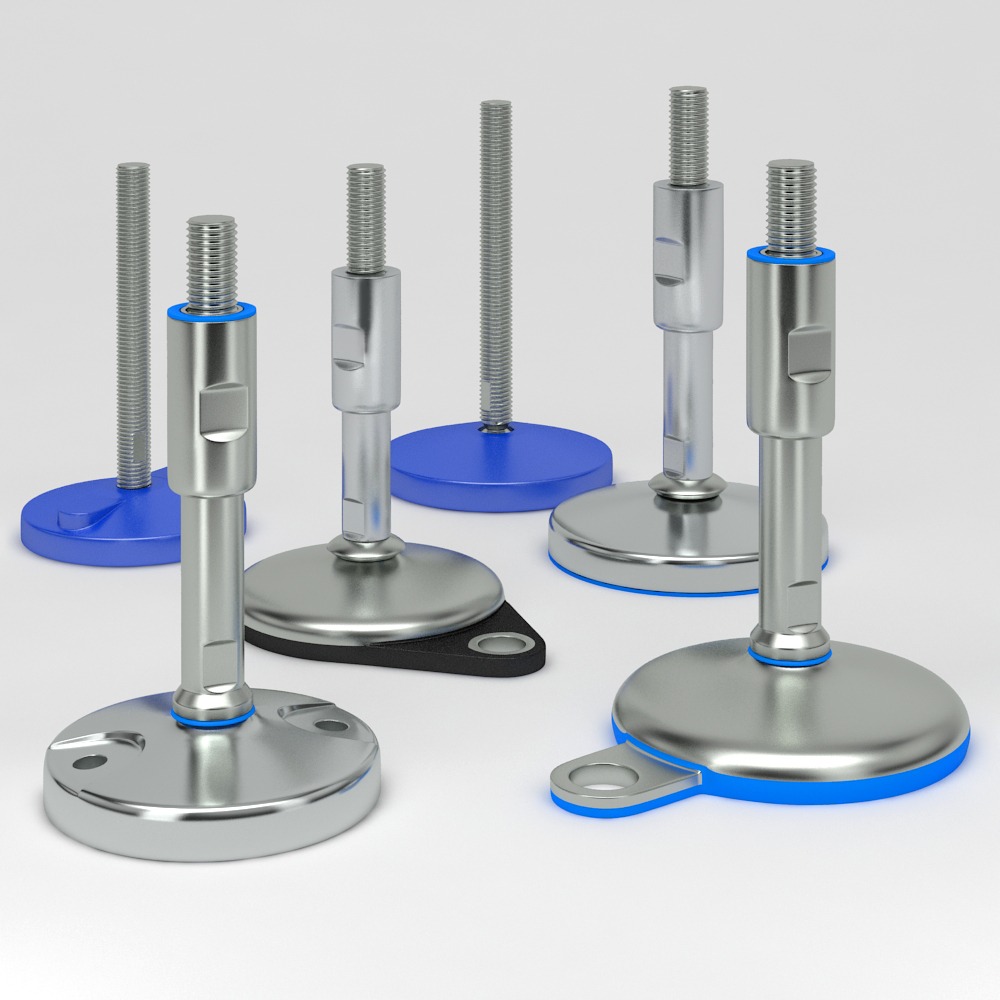
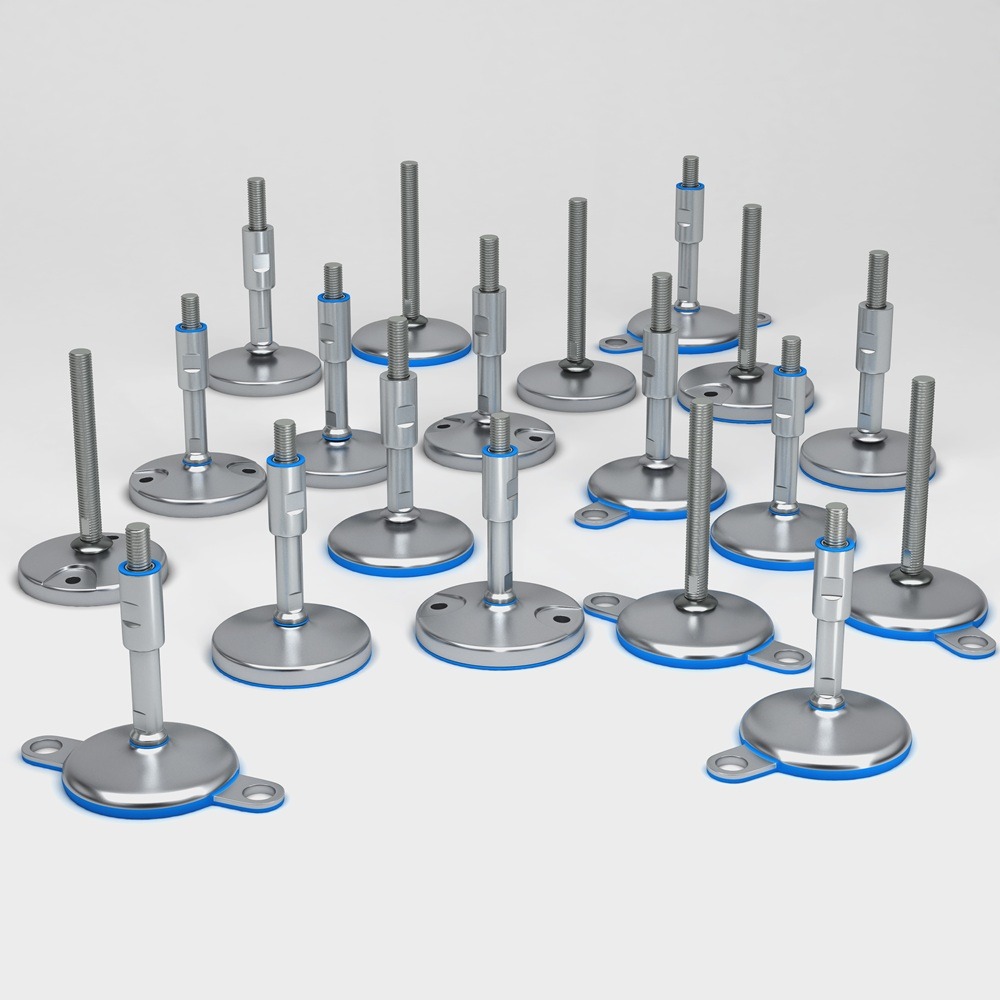
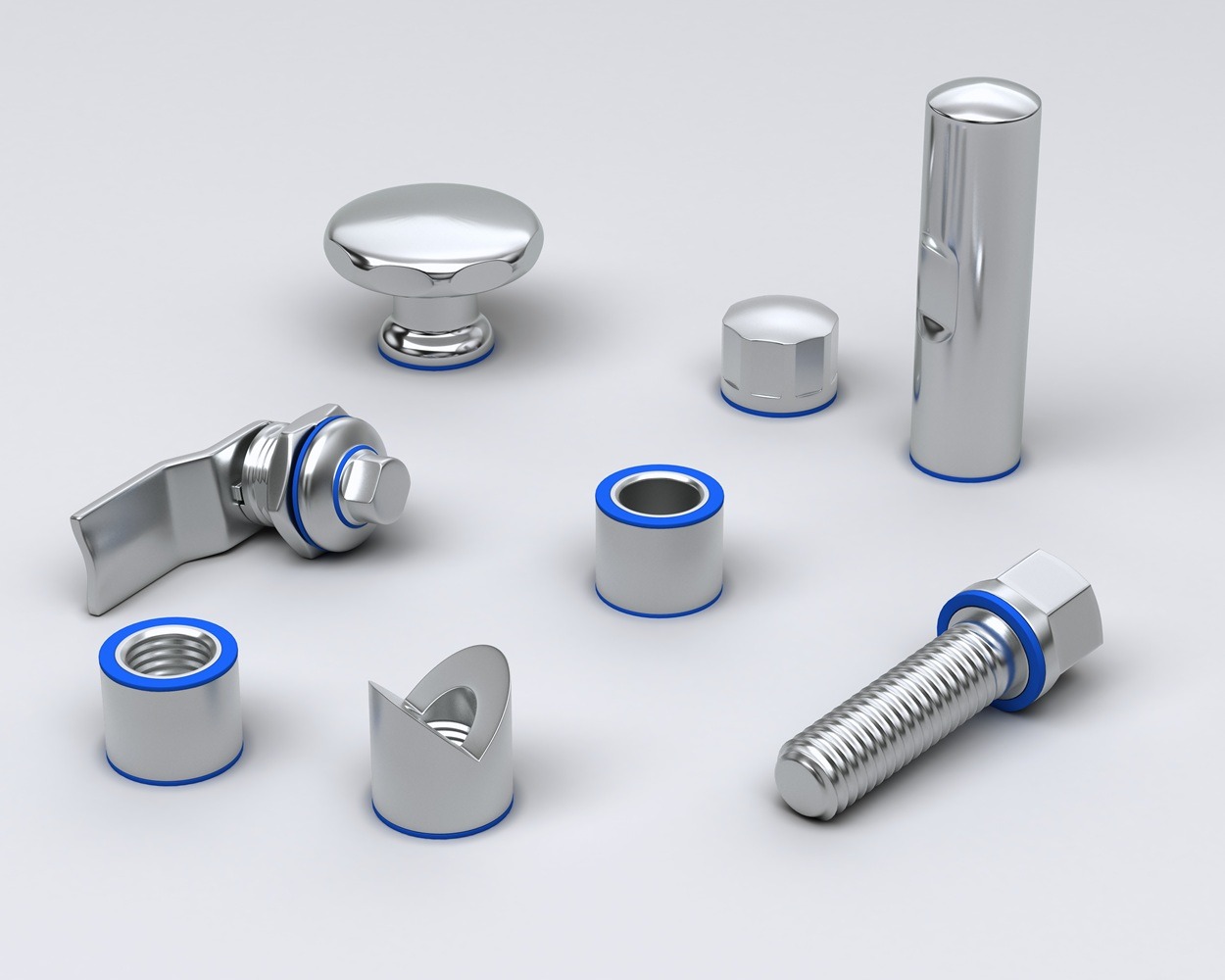
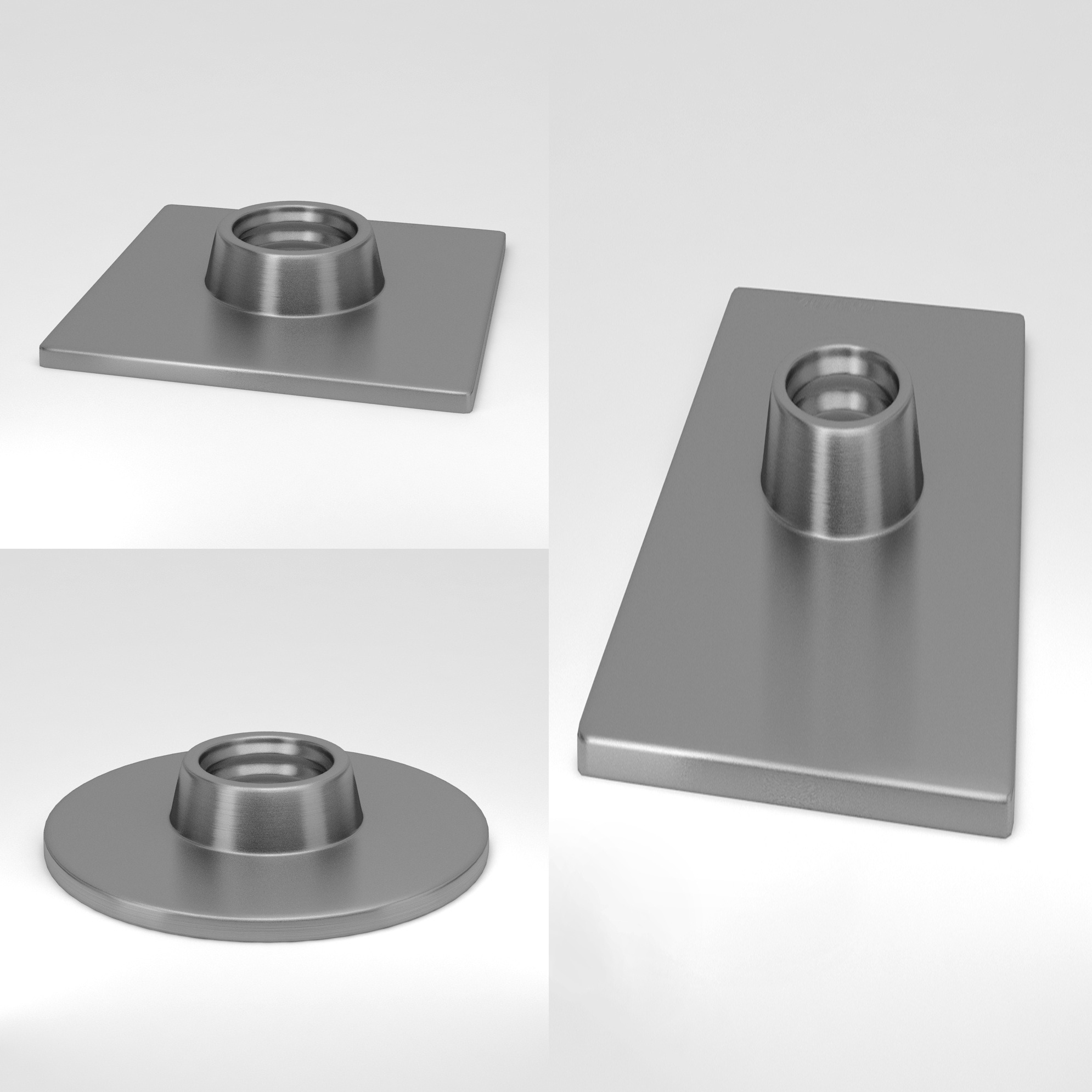
Contact
